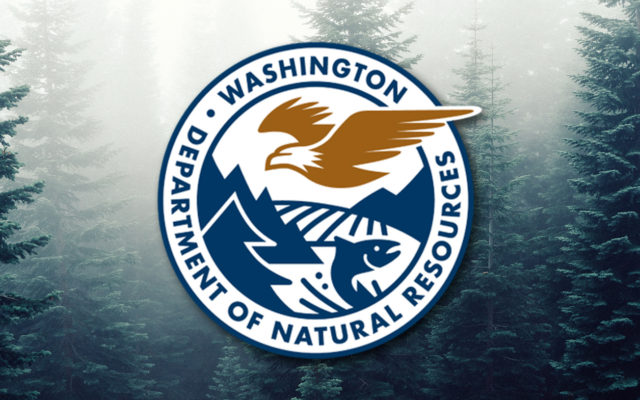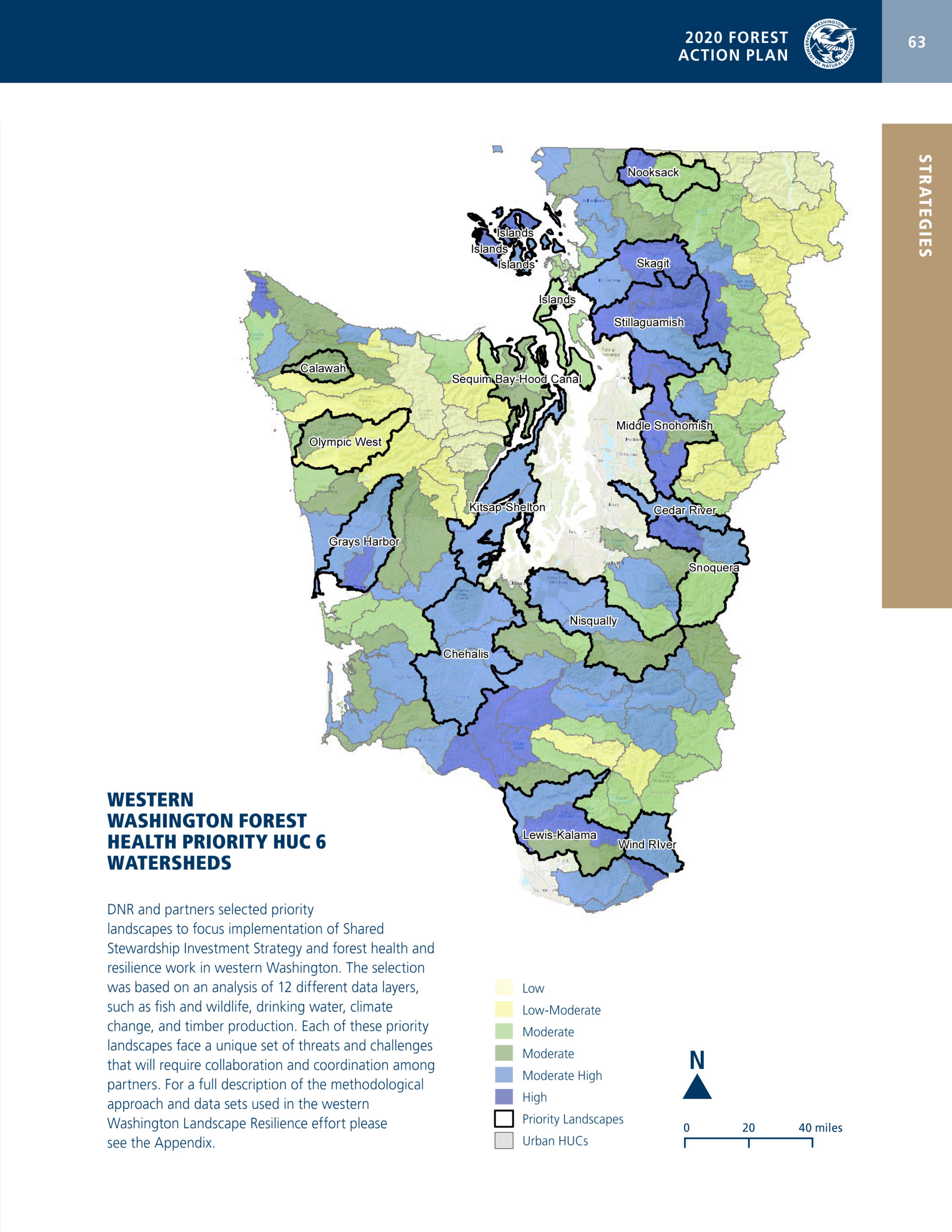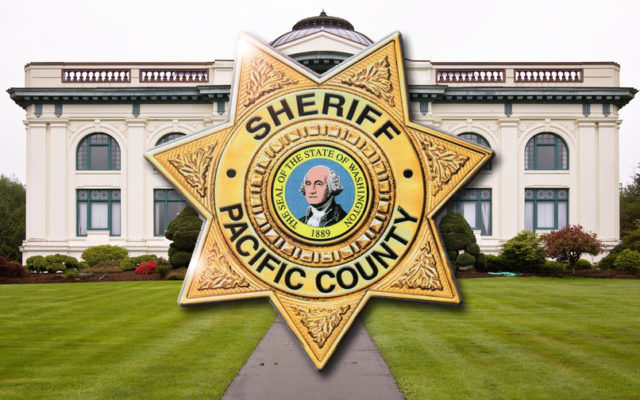DNR releases Forest Action Plan; prioritizes local forests and concerns

The Washington State Department of Natural Resources (DNR) released its 2020 Forest Action Plan this week, outlining more than 100 priority actions to improve and conserve forests across Washington, including goals that support fish and wildlife, rural economies, wildfire response, outdoor recreation, family forestry, urban trees, and clean air and water.
The plan is said to weave new goals with those already outlined in other strategies, including DNR’s forest health, wildfire and climate change strategic plans, as well as the state’s salmon recovery, invasive species and wildlife plans.
“At DNR, we work every day to ensure that our state’s lands, waterways and communities thrive, and supporting our forests is key to that mission,” said Commissioner of Public Lands Hilary Franz, who leads DNR. “From climate change and catastrophic wildfires, to invasive species, to increasing development, our forests face unprecedented threats that require bold action. The Forest Action Plan is a critical tool to unify around a common vision and getting to work saving forests across our state.
“Forest health is a statewide issue,” Franz added. “This plan targets work in western Washington forests to complement our efforts underway in eastern Washington.”
Also unveiled in the 2020 Forest Action Plan is a western Washington prioritization map showing 16 priority areas with the greatest opportunities for forest investments.
The priority landscapes, spanning nearly 2 million acres, are where state and federal resources will be deployed first to increase forest resilience.
These areas include both Grays Harbor and Pacific County.
Grays Harbor is listed with Moderate High and High categories of priority, with Pacific County also featuring Moderate High areas.
Forests in central and eastern Washington have their own high-priority areas identified through the 20-Year Forest Health Strategic Plan, which DNR released in 2017.
“Actively managing forests is a how we ensure healthy outdoor places will be able to support wildlife habitat and local communities for generations to come,” said Kelly Susewind, Director for the Washington Department of Fish and Wildlife. “The Forest Action Plan will guide forest management work and ongoing collaboration with local partners and state and federal agencies. We’re looking forward to this work, and its benefits for fish, wildlife, and people.”
In the 2008 Farm Bill, Congress charged each state with developing a forest action plan by 2010 and updating it every decade. State Forest Action Plans offer a practical and comprehensive vision for investing federal, state, local and private resources where they can be most effective in achieving three conservation goals:
- Conserve and manage working forest landscapes,
- Protect forests from threats, and
- Enhance public benefits from trees and forests.
Submitting an action plan revision to the Forest Service qualifies states to receive federal funding to help make their action plans a reality. Over the past decade, DNR received more than $50 million for such forestry programs, funding work in urban forestry, technical assistance for family forestland owners, conservation of working forests at risk of development, and community wildfire preparedness.
Priority actions outlined in Washington’s 2020 Forest Action Plan include:
- Preparing western Washington for wildfire: In western Washington, increase understanding of current and future fire patterns and risks to communities and infrastructure to inform management and planning.
- Safeguarding against drought: Develop drought mitigation strategies at the landowner and landscape scales to reduce forest health vulnerabilities.
- Protecting critical fish and wildlife habitat: Develop incentives to protect forest ecosystems that provide rare or high-quality wildlife habitat.
- Reducing wildfire fuels in eastside forests: Consistent with DNR’s 20-Year Forest Health Strategic Plan, conduct 1.25 million acres of scientifically sound, landscape-scale, cross-boundary management and restoration in priority watersheds in central and eastern Washington to increase forest and watershed resilience by 2037.
- Supporting rural jobs: Enhance economic development through implementation of forest restoration and management strategies that maintain and attract private sector investments and employment in rural communities.
- Increasing controlled restoration burning: Work with the Washington Prescribed Fire Council to identify and remove obstacles to greater use of prescribed fire.
- Connecting fish and wildlife habitat: Maintain, restore, and conserve wildlife habitat connectivity based on the Washington Connected Landscapes Project and ongoing regional planning efforts such as the Cascades to Coast Landscape Collaborative.
- Saving forests from development: Identify potential gaps and opportunities to strategically align and support the conservation of forests at risk of development.
- Promoting urban forests in an equitable way: Promote and enhance the health and resilience of forests in urban centers to be prepared for climate change and help support environmental justice.
- Getting to work quickly: Secure full funding to implement shovel-ready projects identified through opportunities like the Family Forest Fish Passage Program.
Successful implementation of Washington’s 2020 Forest Action Plan will require collaboration with many partners and stakeholders, as well as adequate resources. Under this plan, DNR will build and strengthen partnerships to help leverage the necessary time and resources to accomplish these goals and share lessons learned over time.
Read the Washington 2020 Forest Action Plan at www.dnr.wa.gov/ForestActionPlan.
A video about the action plan is available here.




